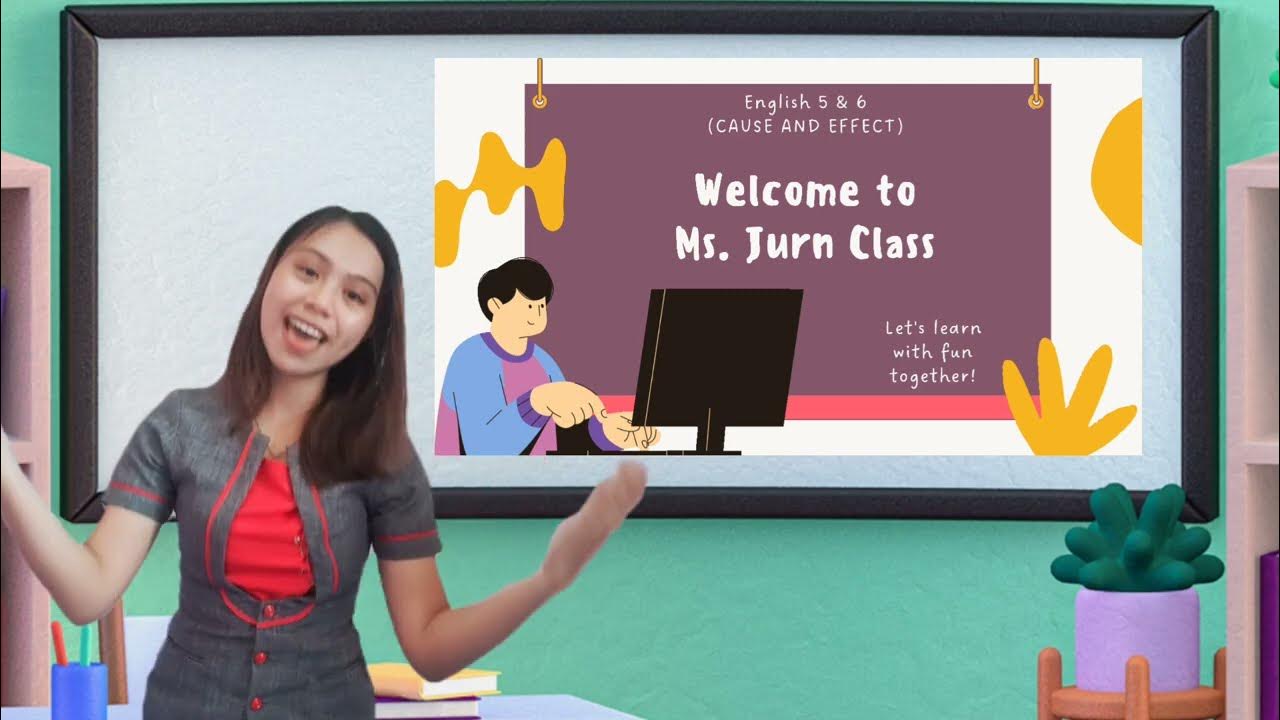Rote Song Procedure
Summary
TLDRThis interactive music lesson introduces the concept of 'audiate,' or thinking musically, through fun, hands-on exercises. The instructor engages participants in activities like clapping, singing, and catching a ball to help them internalize rhythm and melody. With a playful tone and simple instructions, the session encourages children to develop their musical ear and coordination. The focus is on audiation, rhythm, and melody, providing an engaging learning experience that blends music theory with active participation, making it perfect for young learners and beginners.
Takeaways
- 😀 Audiation refers to the ability to think musically and internalize music mentally, without needing to hear it externally.
- 🎶 Students are encouraged to think musically by singing, clapping, and moving to the rhythm.
- 🎤 Audiation is primarily a mental activity, not a physical one, and involves using the brain to 'hear' music.
- 👣 The session incorporates physical movements like clapping and foot tapping to represent big and small beats in music.
- 🧠 Audiation is not limited to the hands and feet; it involves the mind, which is essential for internalizing music.
- 🎾 The 'catch the ball' exercise is a playful way to link physical movement with musical engagement, where students sing when they catch a ball.
- 🙉 The teacher encourages students to audiate the song first before singing it out loud, emphasizing mental preparation.
- 🎵 The lesson features multiple songs and melodies for students to practice singing and audiating, helping them connect sound with thought.
- 🗣 The teacher uses a 'baseline' song with only two notes to help students understand simple musical structures.
- 💬 Interactive participation is encouraged, where students alternate singing different parts of a song or melody, enhancing group engagement.
- 👏 The overall goal is to build students’ ability to 'hear' and understand music internally, fostering both listening and vocal skills.
Q & A
What does 'audiate' mean in the context of the script?
-'Audiate' means to think musically or mentally hear music without external sound. It involves processing music internally and understanding it without actually listening to it.
How does the instructor encourage students to engage with the music?
-The instructor encourages engagement through interactive activities such as singing, tapping feet to the rhythm, and using hands to follow the beat. These activities are designed to make students think musically and physically engage with the music.
What role does 'Ronnie the Red Ball' play in the activity?
-'Ronnie the Red Ball' is a playful tool used to reinforce the rhythm and engagement in the musical activity. When students catch the ball, they are instructed to sing 'bum,' which helps them connect music with physical actions.
What is the significance of tapping feet for the big beats and using hands for smaller beats?
-This activity helps students associate different parts of a rhythm with different body movements. Tapping feet for big beats and using hands for small beats enhances the understanding of rhythm and coordination.
Why does the instructor emphasize the mental aspect of 'audiate' over physical actions?
-The instructor emphasizes 'audiate' to encourage students to think about music mentally before engaging with it physically. This process helps learners internalize music and improve their ability to understand and perform musical patterns without relying on external cues.
How does the use of a simple two-note song benefit the learners?
-The simple two-note song makes it easier for learners to focus on rhythm and melody, allowing them to engage with the music without being overwhelmed by complex musical structures. This promotes deeper understanding and participation.
What does the instructor mean by 'singing the song together'?
-When the instructor says 'sing the song together,' they are encouraging all learners to sing as a group, ensuring they synchronize and participate in the activity as a team. This helps with collective learning and group cohesion.
What does the instructor mean when they say, 'You audiate with your brains, not with your feet'?
-The instructor is highlighting that 'audiate' is a mental process—learning and processing music in the brain—rather than a physical one. The feet and hands are used for rhythmic exercises, but the mental processing of music happens in the mind.
Why does the instructor switch roles between the groups during the singing exercise?
-The instructor switches roles to promote collaboration and give each group an opportunity to sing different parts of the song. This fosters active participation, enhances teamwork, and allows students to experience different musical components.
How does this musical activity help develop both musical and physical skills?
-The activity develops musical skills by helping students internalize rhythm, melody, and musical patterns. It also enhances physical skills by encouraging coordination between body movements (feet and hands) and musical beats, promoting both musical and motor development.
Outlines

Cette section est réservée aux utilisateurs payants. Améliorez votre compte pour accéder à cette section.
Améliorer maintenantMindmap

Cette section est réservée aux utilisateurs payants. Améliorez votre compte pour accéder à cette section.
Améliorer maintenantKeywords

Cette section est réservée aux utilisateurs payants. Améliorez votre compte pour accéder à cette section.
Améliorer maintenantHighlights

Cette section est réservée aux utilisateurs payants. Améliorez votre compte pour accéder à cette section.
Améliorer maintenantTranscripts

Cette section est réservée aux utilisateurs payants. Améliorez votre compte pour accéder à cette section.
Améliorer maintenantVoir Plus de Vidéos Connexes

Teaching Demonstration in Multi Grade Teaching- English 5 and 6

Dr. Anita Archer - Vocabulary Instruction

PEMBELAJARAN BERDIFERENSIASI MATERI SUHU KELAS VII DENGAN MODEL DISCOVERY LEARNING

PPL 2 Kelas 4 IPAS BAB 3 Gaya di Sekitar Kita_Sifat-sifat Gaya

PEMBELAJARAN BERDIFERENSIASI LENGKAP KELAS 4 MATERI MAGNET

Teaching 21st Century Skills: Oxford Discover Sample Lesson Level 1 (Part 1)
5.0 / 5 (0 votes)
